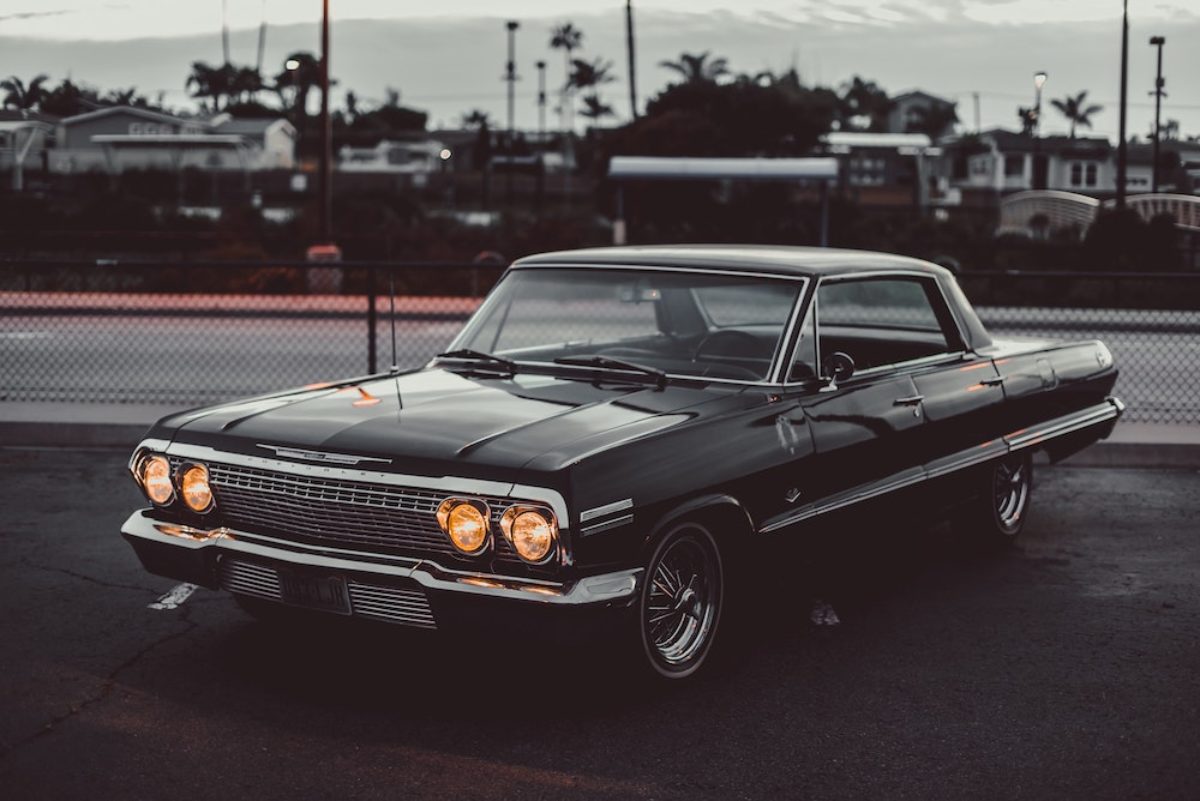4 Options For Where Your Collectibles Will End Up
In 2015, a 1961 Ferrari 250 GT SWB California Spider sold for a whopping $18.5 million at auction.
As personal wealth has increased, so has the use of auctions to buy and sell classic cars. Some use classic cars as a form of asset allocation and diversification. Some, of course, collect cars for the love of it.
Car collections represent their own set of problems, however. For instance, what do you do with a classic car as part of your estate?
Typically, there are four approaches:
- Do nothing.
- Sell it.
- Donate it to charity.
- Give to a non-charity.
The Do-Nothing approach, of course, is the worst option because it simply punts the decision to someone else, who then has to decide what to do with it. Doing nothing also fails to address the tax implications of leaving an appreciated asset, let alone the work around selling the vehicle.
The donation to charity is the most tax-advantaged approach.
I remember an acquaintance of mine who, over the course of his life, accumulated a significant car collection. The collection was varied and valuable. Like so many of us, he never really anticipated his passing. But as health issues mounted, some of the other things, like dealing with his car collection, faded to secondary importance.
When he died, his children ended up having to auction off the collection. Estate planning includes those collectibles!
Photo by Bradley Dunn on Unsplash
Share this Post
Published March 7, 2022
Topics: Estate Planning

